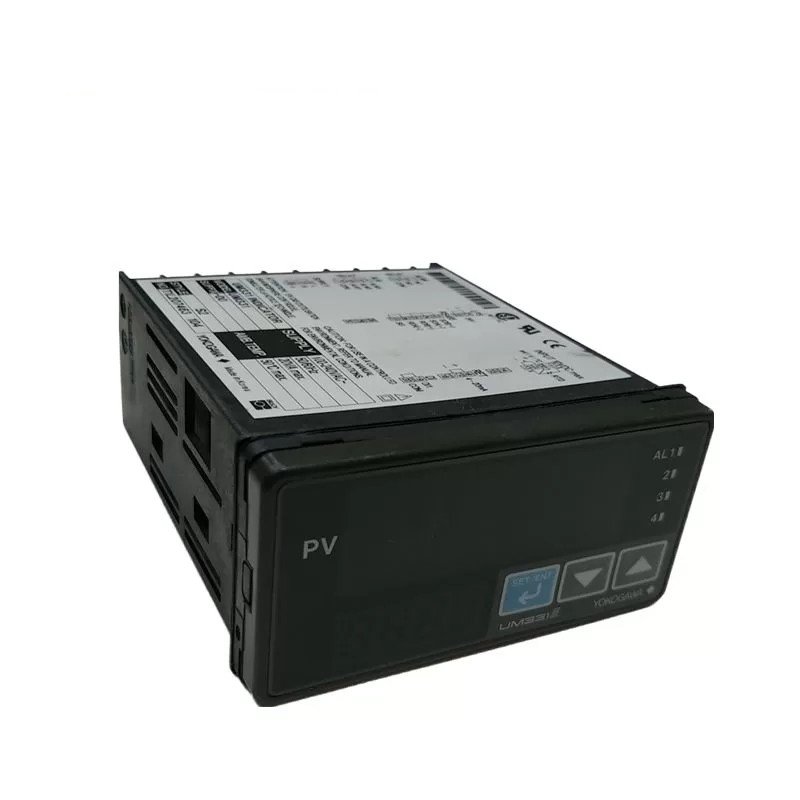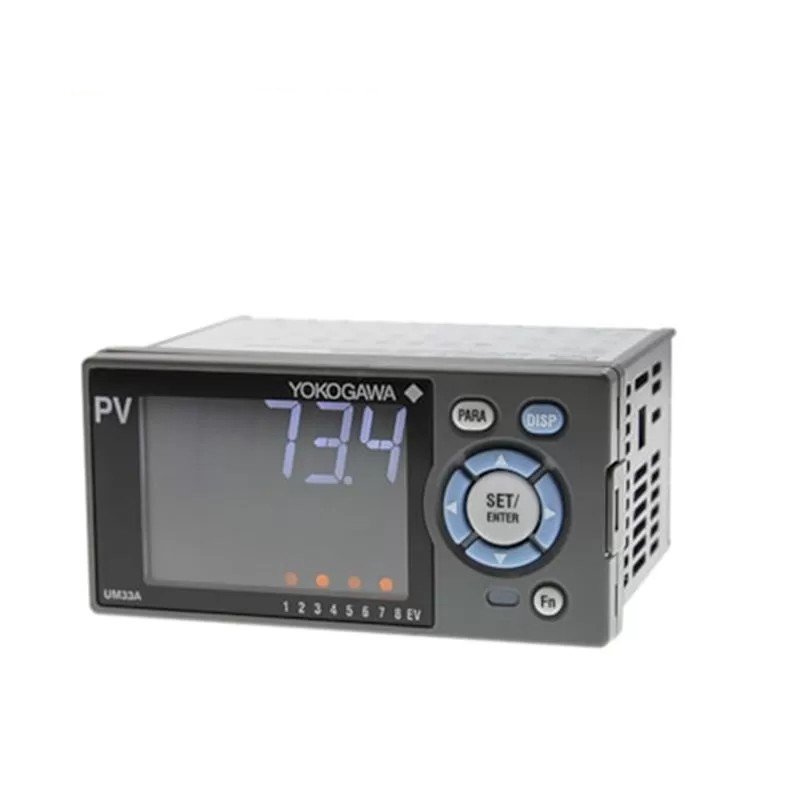When it comes to human-machine interaction in modern technology, TFT LCDs (Thin-Film Transistor Liquid Crystal Displays) have become a cornerstone. While most people are familiar with consumer displays used in smartphones, tablets, and TVs, there is another category that plays a critical role in professional applications: the industrial display.
So, what exactly is an industrial display, and how does it differ from consumer-grade displays? Let’s dive in.
What is an Industrial Display
An industrial display is a liquid crystal display designed and manufactured specifically for harsh environments, continuous operation, and demanding applications in industries such as:
-
Industrial automation
-
Medical equipment
-
Transportation systems
-
Marine displays
-
Outdoor kiosks and ATMs
-
Military and aerospace systems
Unlike consumer displays, which are optimized for aesthetics and cost, industrial displays are built with durability, stability, and long-term availability in mind.
Key Features of Industrial Display
Industrial displays stand out due to their rugged design and extended functionality:
Extended Temperature Range
Operates in extreme conditions (e.g., -30°C to +85°C), suitable for outdoor and industrial environments.
Longer Lifetime of LED Backlight
LED Backlight life time is above 50K hrs, longer working time is ensured.
Robust Structure
Designed with durable housing and strengthened components to withstand rough handling.
Long Product Lifecycle
Availability guaranteed for 5–10 years to support long-term projects.
Anti-Vibration & Anti-Shock
Built to resist vibration and mechanical shock, making them reliable for vehicles, heavy machinery, and portable devices.
Electrostatic Discharge (ESD) Protection
Enhanced ESD resistance ensures reliable performance in environments with static electricity.
Rugged Reliability
Resistant to humidity, dust, and continuous 24/7 operation.
Customization Options
Options such as resistive or capacitive touch panels, optical bonding, anti-glare coatings, or special mechanical designs.
Why Choose Industrial Display Over Consumer Displays
Using consumer-grade displays in professional environments often leads to issues like early failures, poor visibility outdoors, or supply shortages. Industrial displays, however, are specifically engineered to:
-
Maintain performance stability over long periods.
-
Provide consistent supply for projects requiring years of production.
-
Withstand challenging conditions where consumer displays would fail.
Applications of Industrial Display
Industrial displays are used wherever reliability, durability, and visibility are critical:
Factory Automation: Control panels, HMI devices, robotics interfaces.
Medical Devices: Diagnostic equipment, monitoring systems.
Vehicles: Construction machinery, agricultural equipment, commercial fleets.
Marin and Outdoor Use: Navigation systems, kiosks, POS terminals.
Military and Aerospace: Ruggedized equipment for mission-critical tasks.
Industrial Monitor: Rugged monitors for various demanding environment.
An industrial display is more than just a screen — it’s the backbone of reliable user interaction in harsh and mission-critical environments. By offering extended durability, long lifecycle support, and high-performance features like robust structure, anti-vibration design, ESD protection, and sunlight readability, industrial displays provide a trusted solution for demanding applications.


